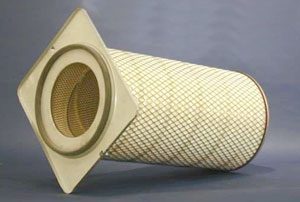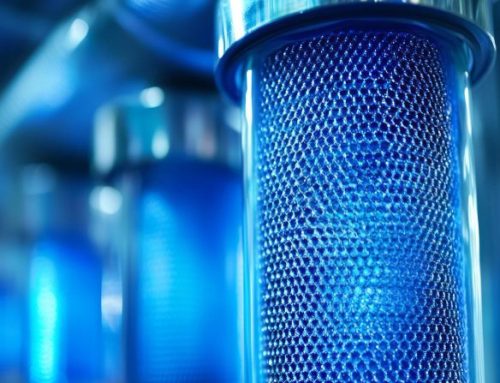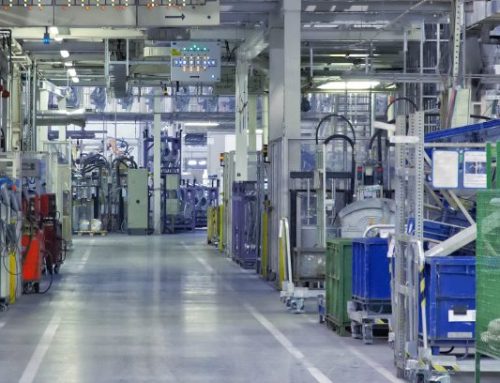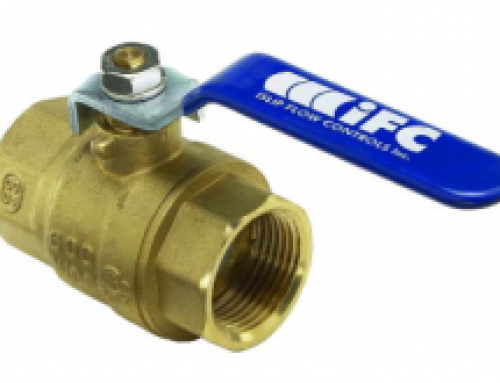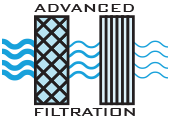Welcome to Part 2 of our 2-part article series, “How Reverse Filter Pulse Cleaning Works.” In our previous article, we looked at what a reverse filter pulse cleaning system is, how it works, and what it’s used for. We also discussed the main components of a reverse filter pulse cleaning system, including the compressed air reservoir, the pulse valve, the timer, and of course the filter.
In this article, we’ll review some operation tips to keep your system running well, some common issues to prevent wasting compressed air, as well the key terms you need to know when working with this technology.
Operational Tips for Reverse Pulse Cleaning Systems
Each system may have nuanced differences in materials and layouts. For example, the compressed air connection can be plumbed using heavy-duty rubber tubing or black pipe.
Regardless of these differences, however, the following tips should be kept in mind for streamlined operation:
- Take care of the compressed air connection’s inline air regulator to maintain desired PSI (pounds of force per square inch) level
- Ensure temperature control to prevent condensation
- Pulse cleaning should operate at 90 PSI to avoid damage to the filter
- Keep the electrical requirements for the solenoids front of mind
- Avoid moisture in the diaphragms to prevent damage, especially in colder climates
- Ensure that the air reservoir is free of moisture and debris
When setting the pulsing sequence, make sure that the firing order is staggered to prevent the newly cleaned filters taking dust from the neighboring filter being pulsed.
Prevent Wasting Compressed Air
If you start experiencing functioning and efficiency problems, then an expert filtration engineer can help troubleshoot the system. Also remember to feel free to contact Advanced Filtration any time if you need help.
Electrical Issues
A filtration expert will assess the various electrical functions to ensure the system works efficiently. For example, if the power light is not glowing, then it’s not receiving any power. The pressure switch may be disconnected from the timer board, the timer board may have a burst fuse, or the sequencing may be incorrectly energized.
Pneumatic Issues
Ideally, the air pressure should be 85-100 PSI, pushing clean and dry air through the filter. Pneumatic problems can interrupt this flow. For example, the diaphragm valve may be stuck, causing air to leak. There may also be kinks in the tubing which prevent the burst of air at the correct pressure.
Maintenance Issues
When a cleaning system fails to function correctly, the dust continues to build on the filter media. The knock-on effects are counter-productive. For example, the cleaning system experiences an increased pressure drop and reduced volume for carrying the air. In turn, the entire system slows down and renders ineffective. While a filter cleaning system extends the filter’s life, it needs to be changed and cleaned.
Key Terms to Know Regarding Reverse Pulse Technology
While it’s best to hire the expertise of a filter specialist, it’s beneficial to be familiar with popular terms used in reverse pulse technology. Consider the following as a starting point:
- Air header/pulse bottles – units that hold compressed air to maintain pressure between pulses
- Air-to-cloth ratio – the ratio of airflow to the filter area, also measured as the air velocity through filter media in feet per minute (FPM)
- Bottom load filters – filters accessed from the side of a unit through a side access door
- Can velocity – airstream velocity in the passage areas between the installed bag filters
- Clean air plenum – the clean side of the chamber connected to the air duct(s)
- Dirt air plenum – the dirty side of the chamber connected to the air duct(s)
- Hopper – a container that collects and holds the discharged dust
- Pulse timer – controls the times of pulsing by generating a pulse at specific durations
- Pulse valve – valve used to carry compressed air in a reverse direction
- Sequential pulsing – reverse pulse cleaning process that operates from one row of filters to another in a logical sequence
- Top load filters – filters accessed from the top of the unit
- Tube sheet – a perforated metal plate that holds the filters and separates the clean side from the dirty side of the filter
Reach Out To Advanced Filtration For Your Industrial Filter Needs
The world of industrial filtration can be complicated, but we’re here to simplify it for your and make your life easier. Give us a call or contact us using our online form for a free quote.

